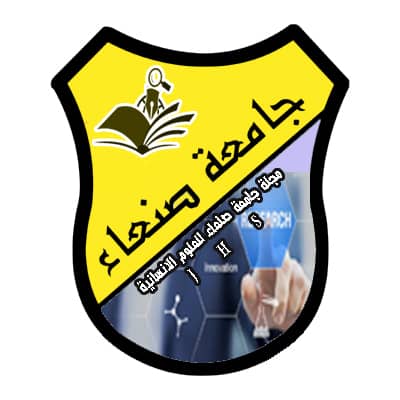The Uses of Yemeni University Students for Social Media Sites and the Achieved Gratifications (A Survey Study)
Main Article Content
Abstract
This study aimed to identify the uses of Yemeni university students for social media sites and the achieved gratifications as a result of their use. It also aimed to identify the extent to which they are keen to obtain news and information that interest them through these sites. This study belongs to the quantitative descriptive studies, using the survey method to collect data from a sample of students from the University of Sana’a and the University of Science and Technology.
The study was applied to students from both universities, who are from all Yemeni governorates. The sample consisted of 412 students from the University of Sana'a (259) and the University of Science and Technology (153). The study found several results, including:
- Most university students are keen to obtain news and information that interest them through social media sites.
- WhatsApp is the most used social media site among university students, followed by Facebook, YouTube, and Google+.
- The achieved gratifications of students as a result of their use of social media sites include cognitive and skill gratifications, media and communication gratifications, social gratifications, and entertainment and leisure gratifications.
- There is a positive correlation between the use of social media sites by university students and their motivations for using them.
- There is a positive correlation between the benefits of using social media sites by university students and the improvement of their academic achievement.
The study recommended several recommendations, including:
- Guiding and directing university students on how to use social media sites safely and effectively.
- Encouraging Yemeni universities to pay attention to social media sites and their role in the educational process.
- Using social media sites to serve the educational process and communication between faculty members and students to benefit from them in developing the educational process.
Downloads
Article Details

This work is licensed under a Creative Commons Attribution-NonCommercial-NoDerivatives 4.0 International License.

